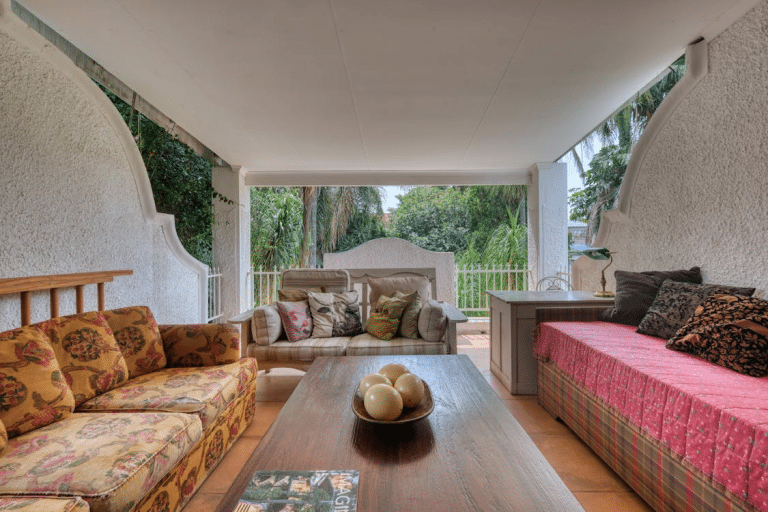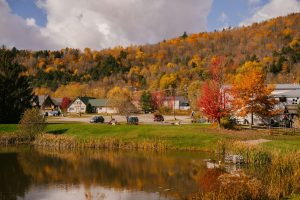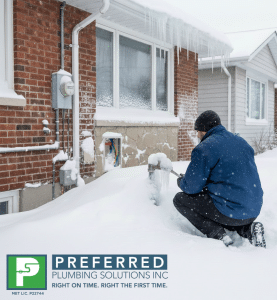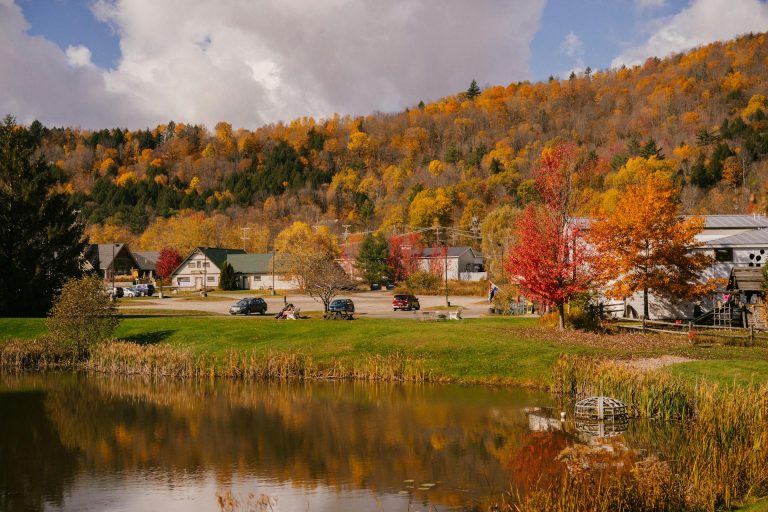A yard feels great when water, shade, and seating work together. Plants grow better, patios stay dry, and cleanup stays easy after busy weekends.
If you live near the coast or get heavy rain, start with water basics. Pressure, drainage, and fixture placement decide how long your setup lasts.
For coastal readers who want a local check on line sizing and shutoffs, experienced plumbers in Wilmington, NC can review outdoor fixtures before you pour concrete or set cabinets.
Build a Water-Smart Backbone
Think about supply lines like the bones of your space. Place hose bibs where a 25 to 50 foot hose reaches beds and patios easily, without crossing walkways.
Install a vacuum breaker on every hose bib to stop water from pulling back into house lines. Use full port ball valves at branches so you can isolate zones fast during repairs or winter prep.
If you plan drip zones, add a pressure regulator and a quality filter. These two parts protect emitters from clogs and extend system life noticeably. Keep spare filters on hand, then set a reminder to check them each season.
Simple upgrades that bring quick wins:
- A labeled shutoff for each outdoor zone, mounted where hands can reach quickly.
- Supply lines in PEX or copper, with brass or stainless fittings for long service.
- A smart controller with rain and soil sensors that adjust runtimes without guesswork.
Smart controllers help avoid routine overwatering and reduce runoff. In wet weeks, sensors skip cycles. In dry weeks, they add minutes to match actual soil moisture and stronger sun.
Shape Drainage That Protects Plants and Paving
Poor drainage shortens the life of patios and beds. A gentle slope away from structures, about one quarter inch per foot, keeps water moving off hard surfaces during storms.
Watch your yard right after a heavy rain. Notice where puddles form and how long they last near slab edges. If water sits there, trench shallow french drains and lead them to a safe discharge point that does not erode soil.
Connect downspouts to solid pipe and send the flow to a rain garden or a gravel dispersion area. A simple rain garden slows runoff and filters pollutants before water reaches streets.
The EPA WaterSense program has clear outdoor tips that cover plants, soil, and watering methods for home yards. Their guidance helps reduce runoff and wasted water in practical ways that are easy to follow.
Keep mulch two inches below the top of adjacent paving. This small gap keeps storms from pushing mulch across paths and clogging drain grates. After each major rain, clear leaves and silt from grates before the material dries and hardens.
Plan Outdoor Sinks, Kitchens, and Wash Zones Safely
An outdoor sink saves trips inside and keeps cooking simple. Run a cold line and, if desired, a tempered hot line from a mixing valve indoors. Place the sink where splashes cannot reach outlets or the grill surface during busy cooking times.
Add an air gap or a loop higher than the flood rim to protect clean water. Vent the drain correctly, then tie into the house system if code allows. If not, use a dry well only in places where local rules permit it clearly.
Treat gas lines with the same care. Install a shutoff where the line exits the wall, then add a short flex connector to the grill. Leave a gentle service loop so units can slide out for cleaning and inspection without stress on fittings.
Make a small wash zone for pots and tools away from living areas. Mount a hose reel close by so cleaning stays quick and orderly. A short trench drain at the edge can send dirty wash water to a planted swale that tolerates occasional flow.
Choose Materials That Handle Humidity and Salt Air
Coastal air and summer heat test every fitting and fastener. Choose materials that resist corrosion and sun. Brass valves, stainless hardware, and UV resistant PEX or copper lines handle harsh conditions better than light duty parts.
Pick hose bibs with metal bodies and serviceable stems that last. Choose frost resistant sillcocks even in warm regions. Sudden cold snaps still happen, and those valves help prevent burst lines and messy repairs.
Set appliance bases and cabinet feet on non absorbent shims. Keeping them slightly off damp slabs prevents swelling and staining after storms. Seal the counter back edge against walls to stop water intrusion, but allow ventilation below appliances so moisture can dry after cleaning.
Deck and fence connections deserve care because they hold heavy loads. Use stainless or coated fasteners rated for treated lumber. Where piping passes through walls, add sleeves and exterior grade sealant to block pests and rain entry.
Storm Readiness and Seasonal Care
Even mild climates see outlier events that surprise homeowners. A short checklist keeps outdoor spaces working after heavy weather. Label shutoffs for each zone, then store a valve key in a visible spot near the back door.
Before the first cold snap, disconnect hoses and open hose bibs to relieve pressure. If your irrigation uses an above grade backflow preventer, cover it with an insulated cover before overnight lows arrive.
The National Weather Service publishes reliable hurricane and severe weather tips, including steps for tying down items and reducing flood risks around homes. Their checklists make seasonal prep feel clear and repeatable.
After storms, walk your site and look for damage to exposed pipes, hose ends, and cleanout caps. Replace missing vacuum breakers, tighten loose unions, and remove branches that struck lines during the wind.
If a slab settles and back pitches toward doors, fix it without delay. Use grinding or a thin overlay to restore positive slope away from thresholds. Water that sits against door sills will find a path indoors and can wick under floors quickly.
When you add new features later, protect what you already have in the ground. Call to locate utilities before digging, then mark trench paths with paint or flags. Take photos of open work before backfill so future repairs happen faster and with fewer surprises.
Simple Project Roadmap
A clear plan helps your budget and schedule stay on track. Small steps, done in order, prevent rework and extra costs later.
- Walk the site during a rain, then note flow paths and standing water spots carefully and completely.
- Map hose bibs, drains, and appliances on a scaled plan that shows slopes, stairs, and bed edges exactly.
- Price materials that match your climate, not only the style or the lowest upfront cost.
- Schedule rough in plumbing before final grading and setting hardscape, then pressure test lines before backfill.
- Test every valve and fixture, then label and document locations with photos stored in a simple folder.
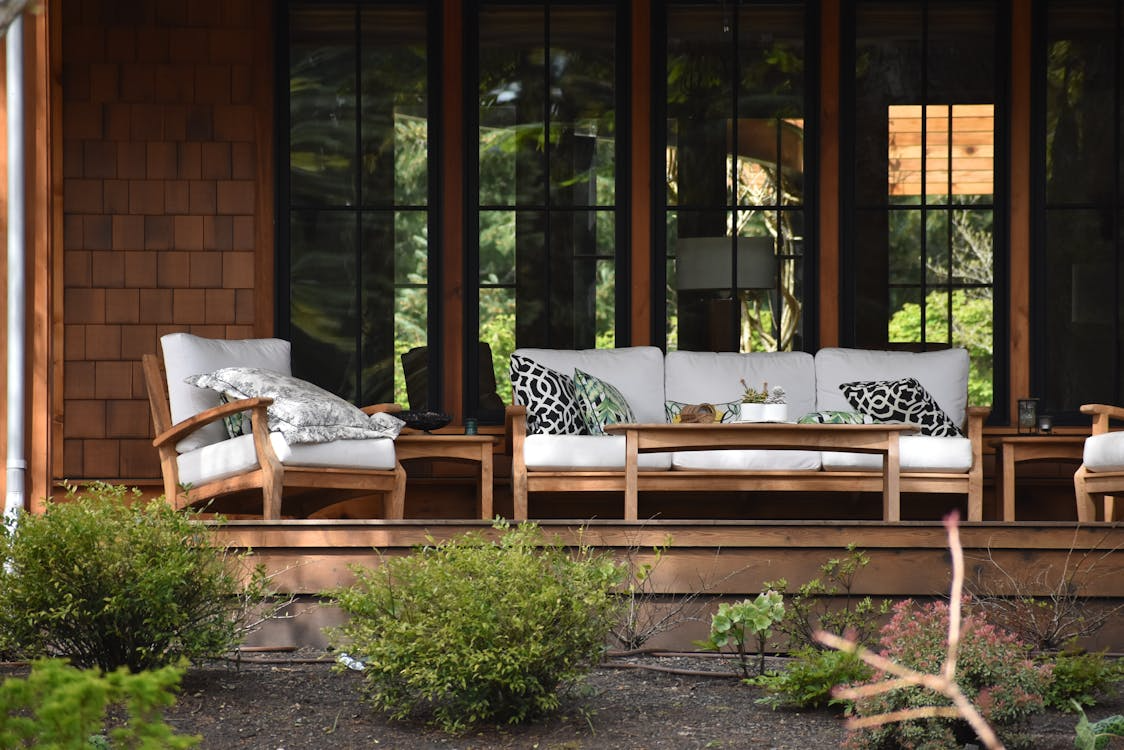
Final Takeaway
A yard that looks good and works well grows from steady choices. Place water where it helps, then move it away before it can cause damage. With a solid supply plan, dependable drainage, and durable materials, your plants, patios, and people can enjoy calm weekends outside.


